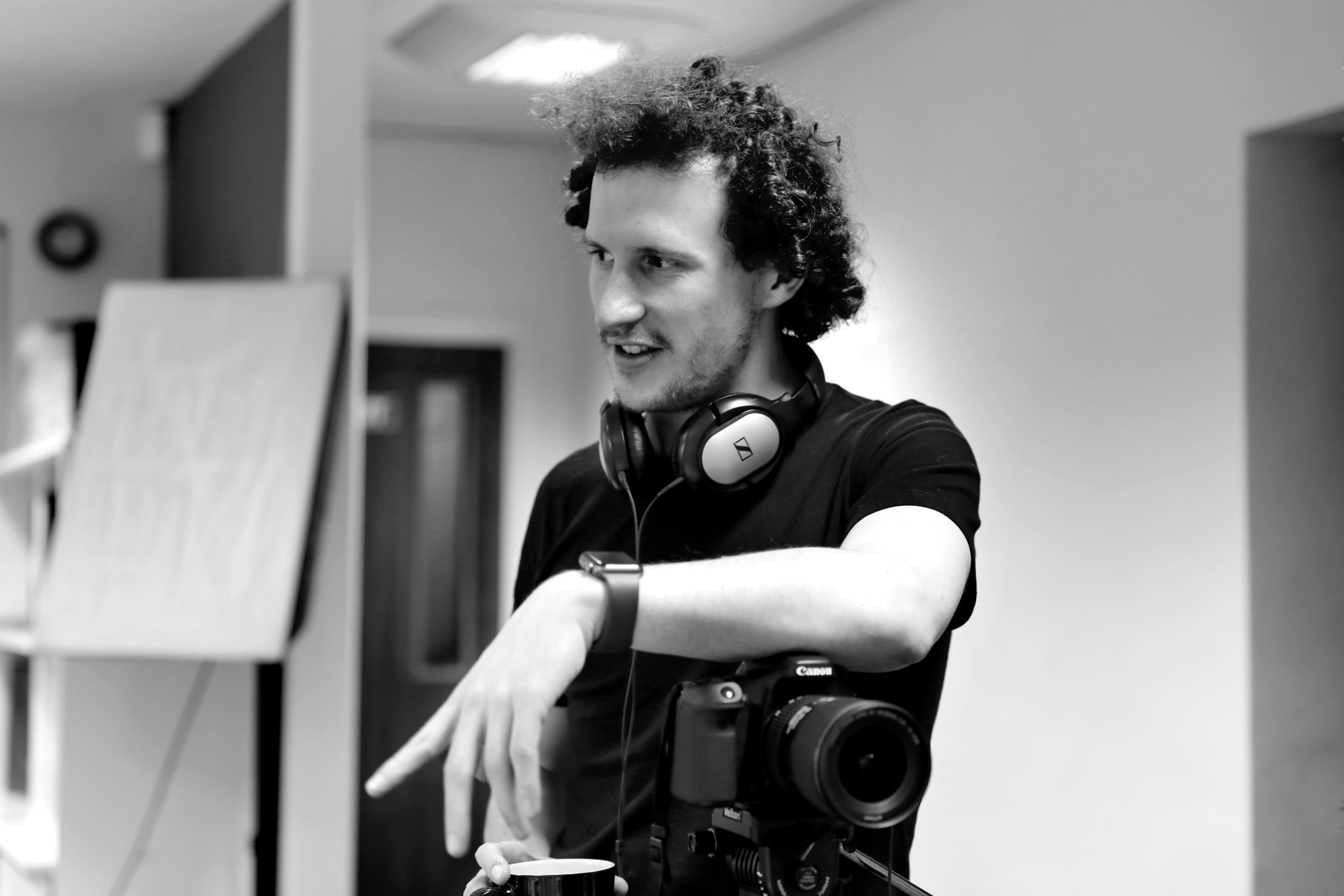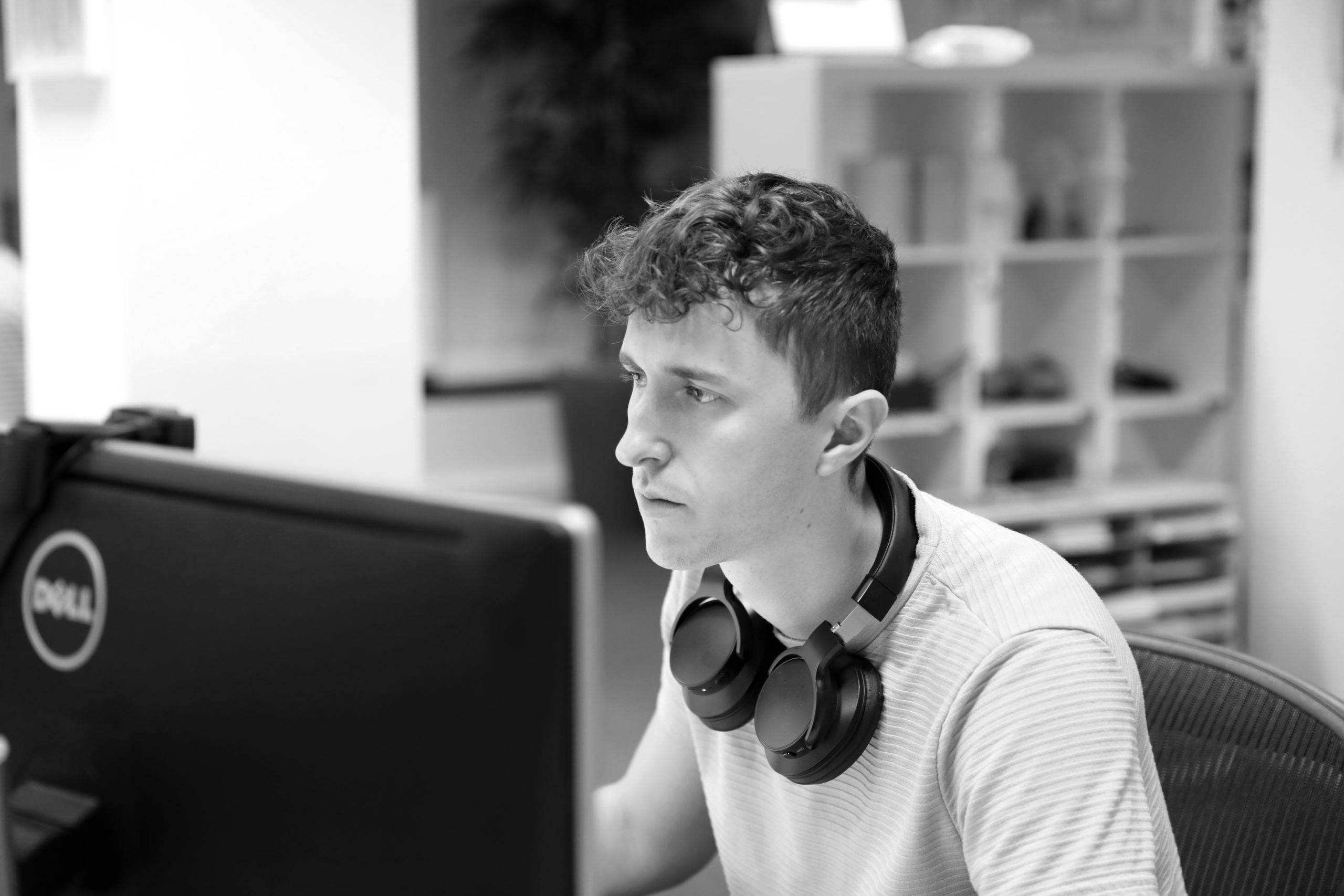The new trend on the block, Non-Fungible Tokens (NFTs). With the first NFT, “EVERYDAYS: THE FIRST 500 DAYS” by Beeple, selling for an eye-watering $69 million, this new world of producing and procuring art has created quite a stir. Understanding what an NFT is has been a large part of the conversation and controversy, there are also questions over what it means for the future of design?
Understanding NFTs
Merriam-Webster defines an NFT as something which is “a unique digital identifier that cannot be copied… recorded in a blockchain that holds authenticity and ownership of the piece.”
The term ‘blockchain’ is an important one. It gives an NFT its unique, unchangeable code that makes the piece profitable. Investopedia defines a blockchain as a block of data hosted in a database on an immensely powerful server. Ethereum is the ‘open-source, blockchain based’ platform that is mainly used for NFT sales. This server is home to digital transactions and Cryptocurrency, Ether.
NFTs can be in the form of a GIF, MP4, JPEG or video. The Creatiqblog noted recent examples of GIF sales include ‘Nyan Cat’ by Chris Torres – selling for $560,00 – and the first tweet from Twitter CEO, auctioned for nearly $2 million. Usually released in ‘drops’ due to their high demand, NFTs are channelling the same popularity as the 4am, 6-mile queue outside of Apple stores for the latest iPhone.
What does this mean for design?
For graphic designers, and designers of any kind, it is a positive move. It allows for a new platform to showcase their digital work that can be shared and supported.
It has created a community for artists to profit from work that they may have never had the opportunity to find before. Artist, Memo Atken notes that the exposure is allowing for people’s work to gain the publicity it deserves.
Will it change design?

Josh Hurley
Creative Lead
“As a whole I don’t feel NFTs will send shockwaves through the design industry, especially in our area. However, I can see the positive impact it could have for digital freelancers as an additional route of passive income. It would be interesting to see if people prefer digital pieces of art or tangible pieces in the near future. I personally prefer physical pieces.”

Gareth Taylor-Southall
Digital Designer
“I can see the appeal of NFT’s as a source of income for designers who create unique art and graphics. Particularly those that don’t have value/function outside of being nice to look at. I’d be interested to see where it leads as it can be seen as possibly the next step in the art world.”
Why the environment plays a large role
The sheer amount of energy that is required to create these pieces.
The carbon footprint that is left from the creation of these pieces is ginormous. The servers that host Ethereum have to generate and keep the NFTs blockchain secure in their system, therefore consuming huge amounts of electricity to keep it running and up to date.
Memo Atken looked into eighteen thousand NFTs and their environmental impact. He found that, a single NFT can use the same amount of electricity as an EU resident for over month or the equivalent to flying for 2 hours. This isn’t just the impact of large pieces of work either, smaller GIFs create a carbon footprint that can equal the energy of larger pieces.
Other concerns
There is also a growing worry over the increased misuse of pieces, as Forbes found, online galleries are quickly reproducing NFTs and selling them. This raises a question for artists about the actual benefit of NFTs. An NFT has value due to its blockchain code, which is unique to that individual piece. However, the value an artist can get is a concern due to the ease that GIFs and digital designs can be replicated without reference or knowledge of the original. This being said, the counterargument is that it is no different to prints of paintings being created and sold around the world.
A less controversial and more a ‘general consensus’ point is that many want to have the physical, tangible object that they can look at and refer too. Having a file on a computer is harder to appreciate, particularly for the amount of money that is spent. Having the piece on the computer also increases the environmental impact that NFTs have, with electricity, computer storage and technology needed to view them. This is where many are wondering, is the cost of these pieces really worth it?
Recent Cryptocurrency crash
Another question mark lies with the future stability of NFTs.
It is clear that this platform has given a new meaning to digital art and could see the future of art change. This of course will depend on the stability of the crypto market. With the recent hit on the crypto market, Forbes has written about the concern over how this will affect the crypto investors percentage of wealth (aka on the NFTs they may have bought) as it will have created a ‘net negative’ on those pieces.
However, the NFT community do not see this recent dip as something to worry about, with the consensus that the market will still continue to grow, with this only being a blip.
Next stages
There has been much discussion and some withdrawal of sales of NFTs due to the environmental evidence that has been unearthed. Memo Akten has been vocal in noting that the NFT platform is a good thing for artists, and it should be done, however, there needs to be a sustainable platform to do this on.
There is no reason for the whole process from creation, bidding, to the sale creating such a large carbon footprint. We should be thinking of ways to create carbon neutral platforms and not regressing with art that enables the current environmental crisis. Globally, we are trying to reduce our footprints with congestion charging zones and cycle to work schemes, so this carbon consumption doesn’t make sense.
There is a lot of discussion and even #cleanNFT to improve their environmental impact. Clean NFTs highlights the avenues being explored to create and manage these designs at a lower cost to the environment. With this acknowledgement, there should be movement towards cleaner NFT’s that will allow this new avenue to be fully explored.
Josh’s final words on how NFT’s will impact design, “To have a greater impact on design I think NFTs have to improve its environmental output, as this for me and many others, is of great concern. However, the movement behind Clean NFTs is interesting.”

Recent Comments